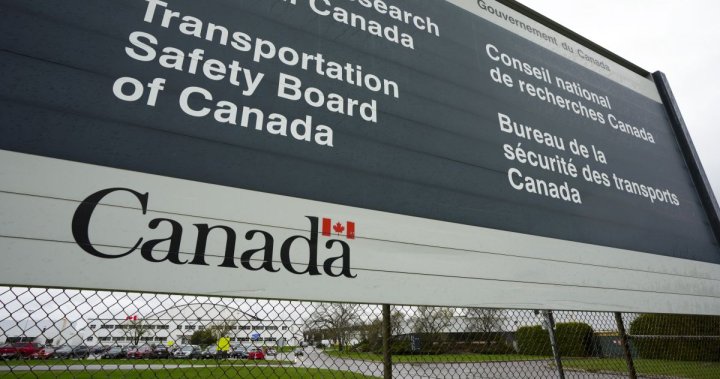The Transportation Safety Board of Canada recently released findings regarding a small plane crash that occurred west of Calgary, resulting in the deaths of six individuals. The pilot of the aircraft did not fully comprehend the weather conditions at the time of takeoff and continued to fly in poor visibility. The pilot, along with five passengers, were en route to Salmon Arm, B.C., for a social function when the tragic incident took place. The investigation revealed that the pilot had flown the route previously and had recently obtained qualification to fly the Piper aircraft involved in the crash. The flight was delayed due to weather conditions, and the pilot made the decision to depart shortly before 9 p.m., despite not receiving a free weather briefing offered by Nav Canada.
Approximately 15 minutes into the flight, the plane crashed into Mount McGillivray in Kananaskis Country amidst rainy conditions. The safety board determined that the pilot’s decision to depart was influenced by factors such as incomplete weather knowledge, familiarity with the route, time constraints, and a personal motivation to complete the journey. When faced with clouds and reduced visibility, the pilot chose to continue towards the destination, resulting in the aircraft colliding with terrain at cruise altitude. The board’s report, published on Wednesday, did not include any safety recommendations in light of the incident.
The investigation highlighted the importance of pilots fully understanding weather conditions before embarking on flights and the risks associated with flying in poor visibility. Despite familiarity with the route and recent aircraft qualification, the pilot’s decision-making process was compromised by a lack of comprehensive weather information and external pressures to complete the journey. The tragic crash serves as a reminder of the critical role that weather briefing plays in ensuring flight safety and the need for pilots to prioritize thorough pre-flight preparations, especially in challenging weather conditions.
The incident underscores the need for heightened awareness and adherence to safety protocols within the aviation sector to prevent similar accidents from occurring in the future. The safety board’s report serves as a cautionary tale for pilots regarding the potential consequences of flying without a complete understanding of weather conditions and the importance of prioritizing safety over external pressures or personal motivations. By emphasizing the significance of proper pre-flight preparations, including receiving accurate weather briefings and making informed decisions based on current conditions, pilots can mitigate risks and enhance overall flight safety.
Moving forward, stakeholders in the aviation industry must collaborate to implement measures that prioritize safety and ensure that pilots have access to comprehensive weather information and resources to make informed decisions. By enhancing training programs, promoting a safety-oriented culture, and encouraging open communication among aviation professionals, the industry can work towards preventing similar accidents and promoting a culture of safety and accountability. The tragic plane crash near Calgary serves as a stark reminder of the importance of proactive safety measures and the need for continuous improvement in aviation safety practices to protect the lives of passengers and crew members.


